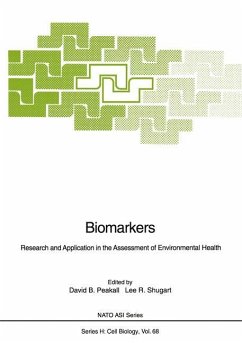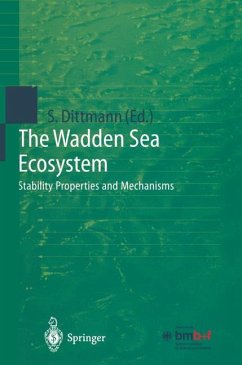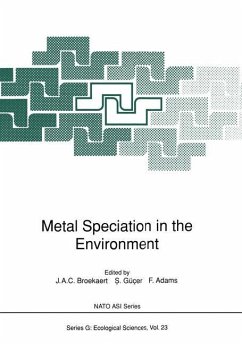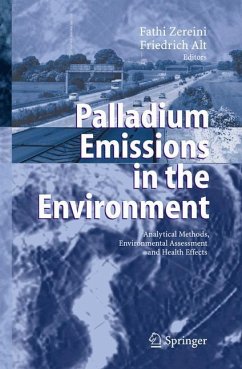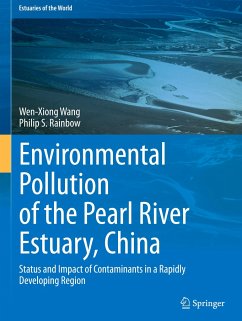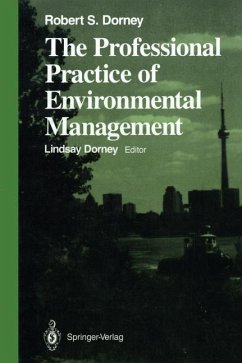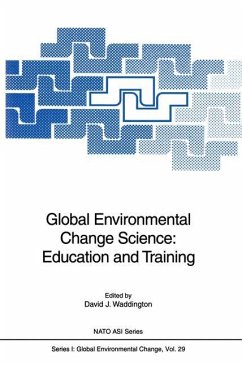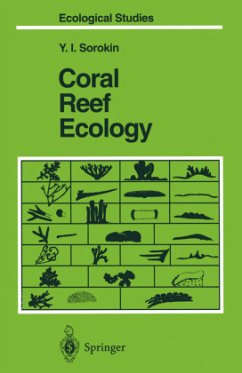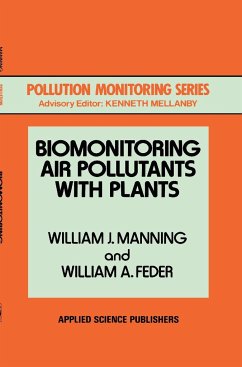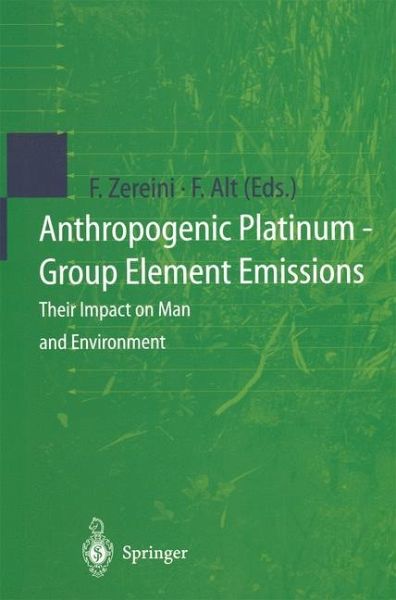
Anthropogenic Platinum-Group Element Emissions
Their Impact on Man and Environment
Herausgegeben: Zereini, Fathi; Alt, Friedrich
Versandkostenfrei!
Versandfertig in 6-10 Tagen
38,99 €
inkl. MwSt.

PAYBACK Punkte
19 °P sammeln!
Since the implementation of catalysts containing platinum-group-elements (PGE) for the control of vehicle emissions in 1975, a controversial discussion has begun on PGE emissions and eventual consequences for the environment. However, a comprehensive overview of the various works and results in different scientific areas is still lacking. This book covers all aspects of anthropogenic PGE emissions and their consequences for man and environment. The interdisciplinary approach is substantiated by contributions from the fields of environmental geosciences, analytical chemistry, biology and occupa...
Since the implementation of catalysts containing platinum-group-elements (PGE) for the control of vehicle emissions in 1975, a controversial discussion has begun on PGE emissions and eventual consequences for the environment. However, a comprehensive overview of the various works and results in different scientific areas is still lacking. This book covers all aspects of anthropogenic PGE emissions and their consequences for man and environment. The interdisciplinary approach is substantiated by contributions from the fields of environmental geosciences, analytical chemistry, biology and occupational medicine. The articles mirror the actual status of scientific work and discuss environmentally related topics. Modern analytical methods for various environmental matrices as well as models of the current and future geochemical behaviour of PGE in the environment are presented. Bioavailability and toxicological and allergic potentials are discussed.





